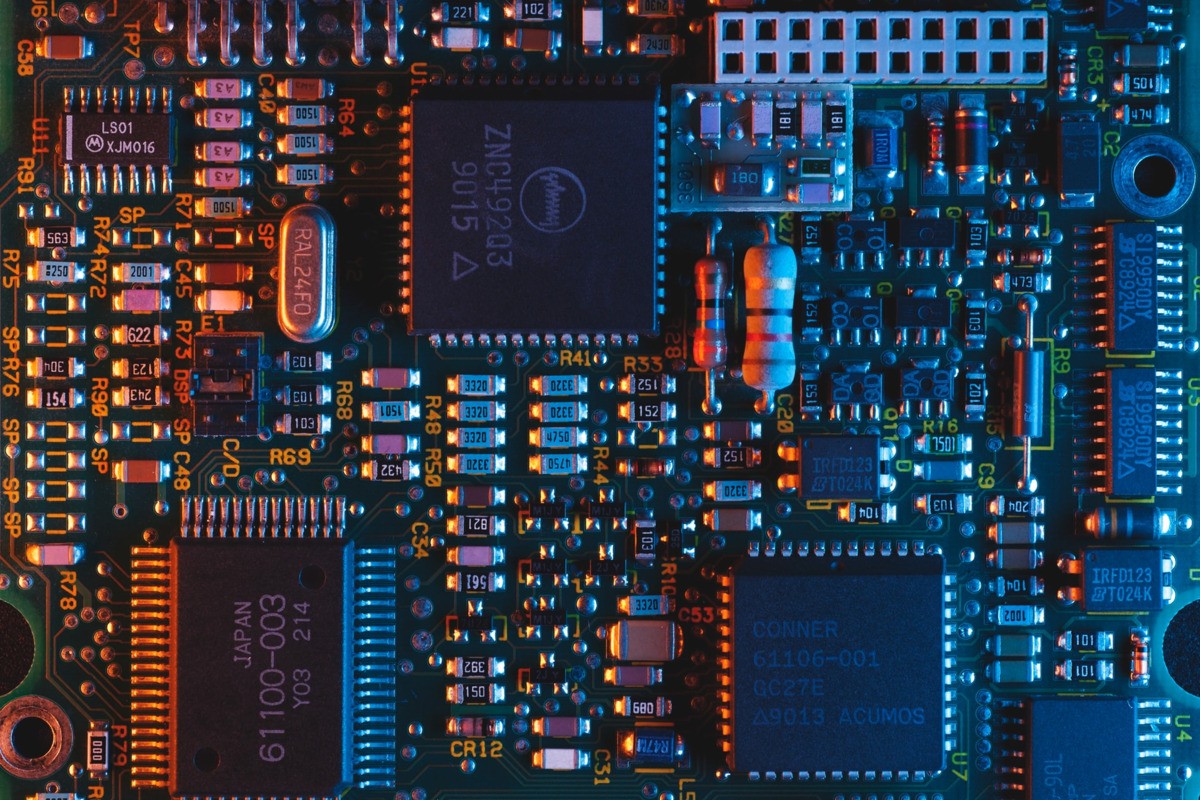Digitalization enables the circular economy transition — it's time to lean into it

Steel is not infinitely recycled. For instance, much of the high-grade steels recovered from vehicles are downcycled into a lower-price material and mostly reused in lower-grade applications, such as buildings and infrastructures. Indeed, not aware of the quality of the steel they collect, recyclers mix steel grades, producing a lower-quality recycled material.
Steel recyclers are not alone having little information on materials or products they recover. Plastic recyclers are not always aware of the full chemical makeup of materials they process, including the presence of toxic substances. Repair technicians don’t always have access to disassembly guidelines for electrical equipment. Remanufacturers may not know the number of operating hours of an electric engine to decide if the engine can be restored "as good as new" or whether it should be recycled.
To maintain the value of a product in the economy for as long as possible, information on the product design, composition and condition is critical. With this information, an end-of-life product can be converted back into a valuable resource. In the transition to a circular economy, the equation is no longer "waste = resource" but "waste + information = resource" or, as stated by Idriss J. Aberkane, “waste + knowledge = asset.”